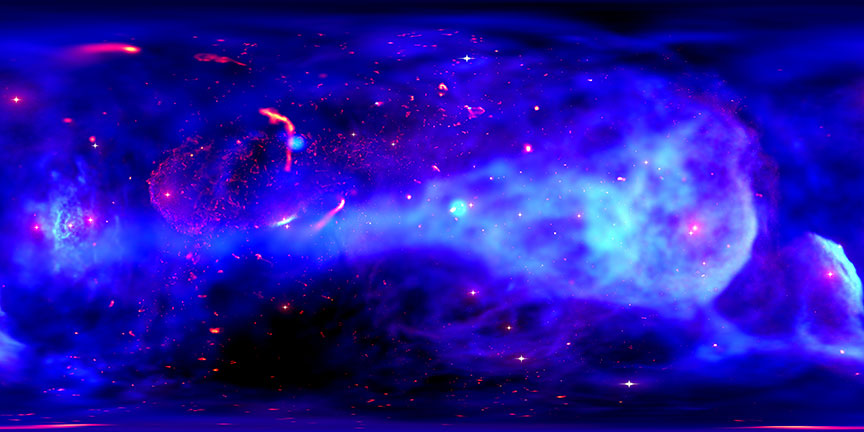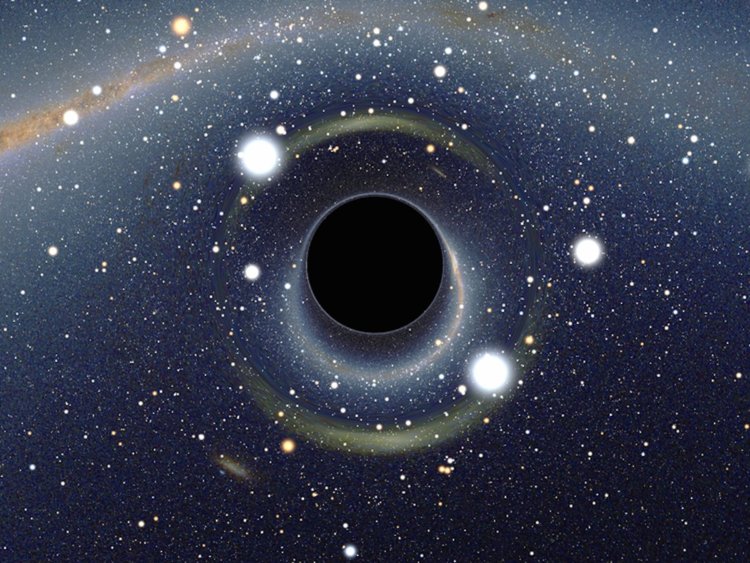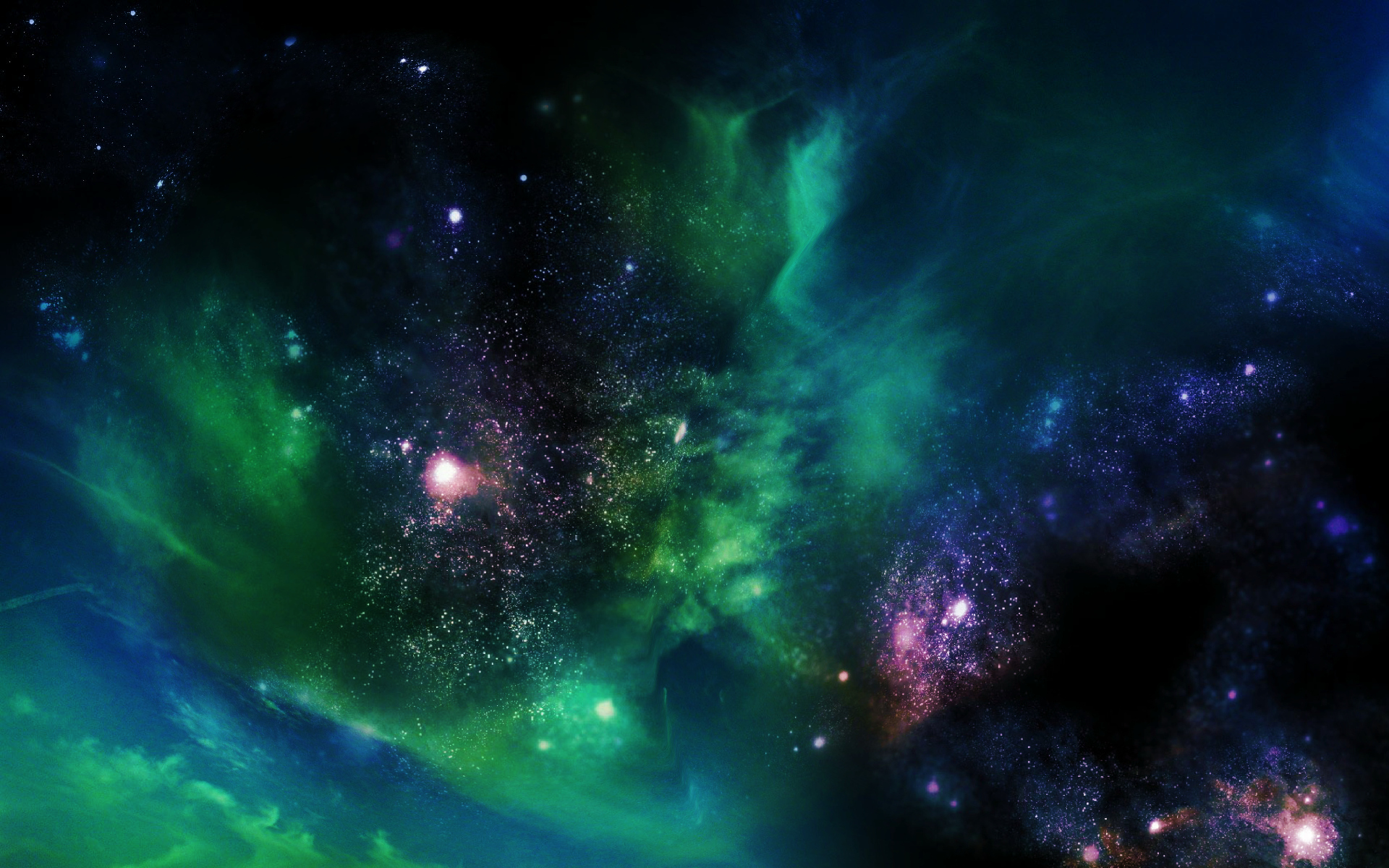
The biggest explosion seen in the universe has been found. This record-breaking, gargantuan eruption came from a black hole in a distant galaxy cluster hundreds of millions of light years away.

Astronomers have found six objects orbiting Sagittarius A* that are unlike anything in the galaxy. These objects look like gas but behave like stars. They are so peculiar that they have been assigned a brand-new class - what astronomers are calling G objects.

Astronomers have measured a 40 billion solar mass black hole in the Holm 15A galaxy. Their results could lead to even more massive black holes.

Extensive observations indicated the presence of three supermassive back holes in the three galaxies NGC 6240 that are the process of merging. Up until now, such a concentration of supermassive black holes had never been discovered in the universe.

A titanic, expanding beam of energy sprang from close to the supermassive black hole in the center of the Milky Way just 3.5 million years ago, sending a cone-shaped burst of radiation through both poles of the galaxy and out into deep space.

Astronomers have spotted three supermassive black holes (SMBHs) at the center of three colliding galaxies a billion light years away from Earth. That alone is unusual, but the three black holes are also glowing in x-ray emissions.

Observing Sagitarius A ( a supermassive balck hole in the center of our galaxy ) with the Keck's telescope, scientists just watched as its brightness bloomed to over 75 times normal for a few hours. Astronomers aren’t certain what caused the flaring.

As if black holes weren't mysterious enough, astronomers have found an unexpected thin disk of material furiously whirling around a supermassive black hole at the heart of the magnificent spiral galaxy NGC 3147, 130 million light-years away.

The Event Horizon Telescope (EHT) has revealed the first-ever image of a black hole. The black hole in this image resides at the center of M87, a massive galaxy that’s in the Virgo cluster of galaxies.

This 360-movie offers an unparalleled opportunity to look around the center of the galaxy, from the vantage point of the central supermassive black hole, in any direction the user chooses.

Astronomers from Japan, Taiwan and U.S. have discovered 83 quasars powered by supermassive black holes in the distant universe, from a time when the universe was only 5 percent of its age.

The “quiet” black hole is located just 20 light years from the supermassive four-million-solar-mass black hole lurking at the centre of the Milky Way. In the future, it will fall into the supermassive black hole.

The novel GRAVITY instrument has discovered clumps of gas swirling around at about 30 per cent of the speed of light on a circular orbit just outside the innermost stable orbit of a four million mass black hole.

This confirms the current understanding of cosmological evolution - that galaxies and their associated black holes merge over time, forming bigger and bigger galaxies and black holes.

Observations have for the first time clearly revealed the effects of Einstein's general relativity on the motion of a star passing through the extreme gravitational field very close to the supermassive black hole.